-
 chevron_right
chevron_right
Un chercheur remonte aux origines des mystérieuses planètes vagabondes
news.movim.eu / JournalDuGeek · Thursday, 11 April - 14:08
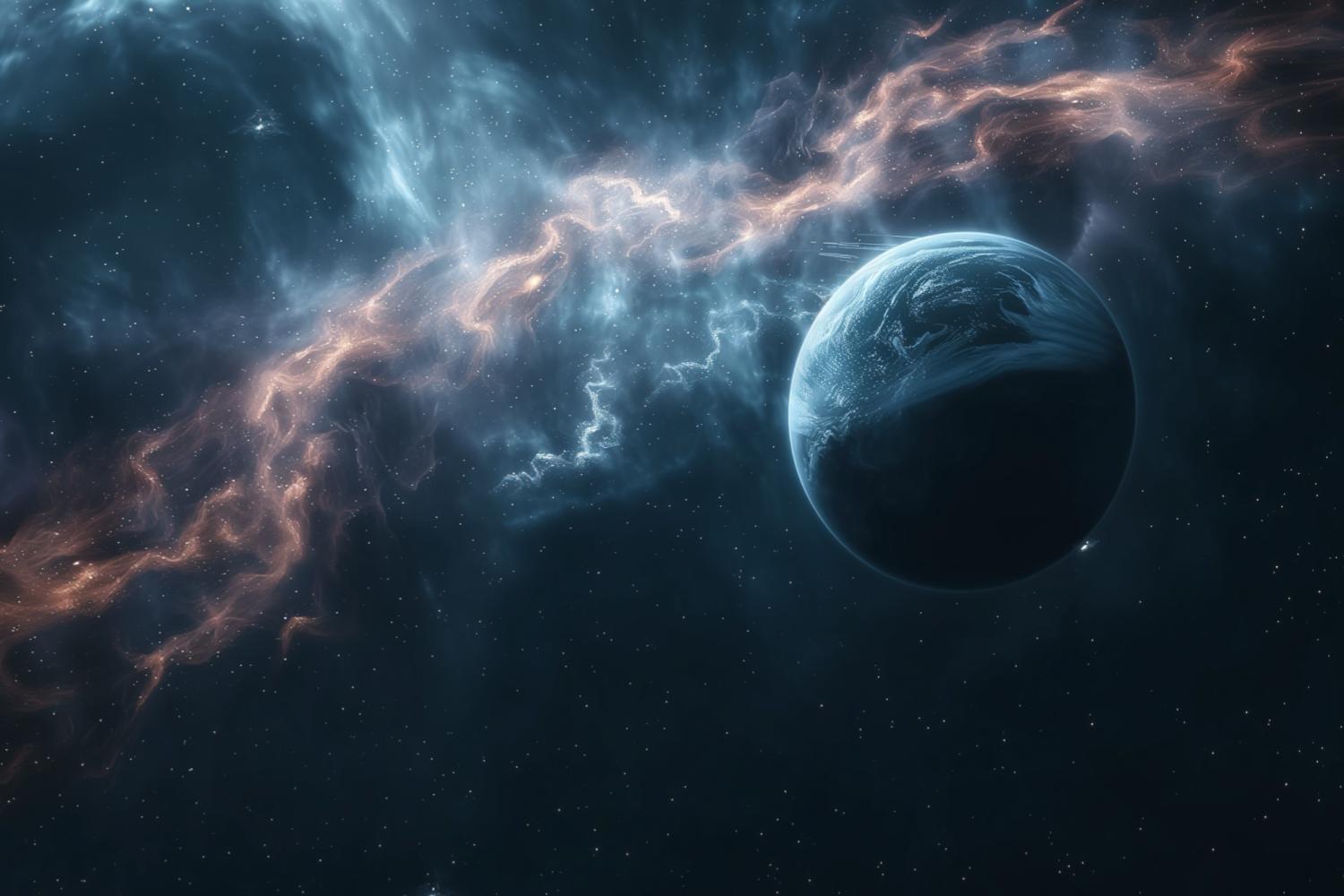
 chevron_right
chevron_right
Un chercheur remonte aux origines des mystérieuses planètes vagabondes
news.movim.eu / JournalDuGeek · Thursday, 11 April - 14:08

A waterworld with a boiling ocean and the end of dark matter? The week in science – podcast
news.movim.eu / TheGuardian · Thursday, 14 March - 05:00

Ian Sample and science correspondent Hannah Devlin discuss some of the science stories that have made headlines this week, from a new theory challenging the existence of dark matter to an alarming study about the possible impact of microplastics on our health and a glimpse of a ‘waterworld with a boiling ocean’ deep in space
Continue reading... chevron_right
chevron_right
Le JWST et Hubble sont d’accord sur l’expansion de l’Univers… mais le mystère s’épaissit
news.movim.eu / JournalDuGeek · Tuesday, 12 March - 17:02
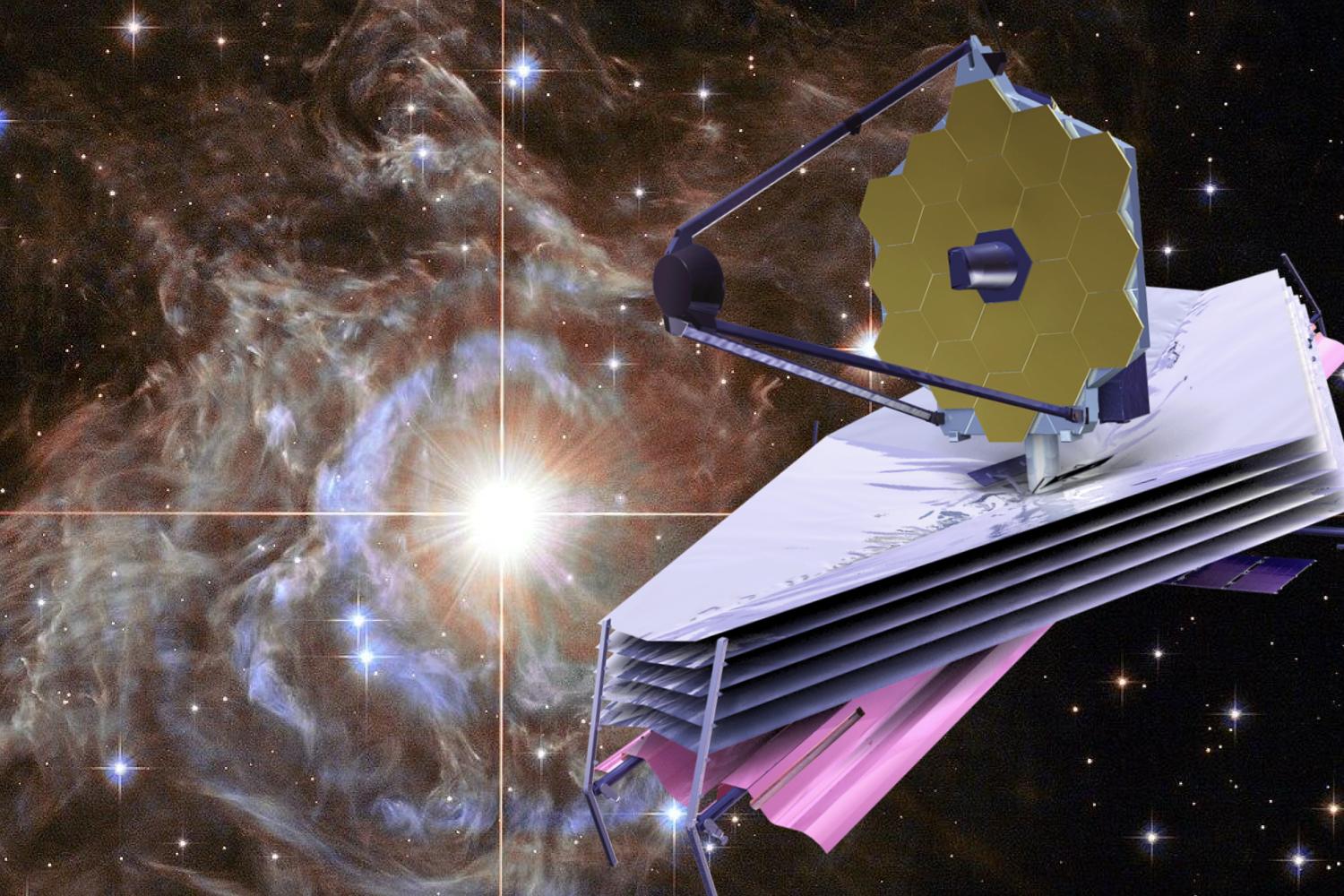
 chevron_right
chevron_right
Sauna ou jacuzzi ? Une exoplanète pleine d’eau divise les astronomes
news.movim.eu / JournalDuGeek · Monday, 11 March - 11:07
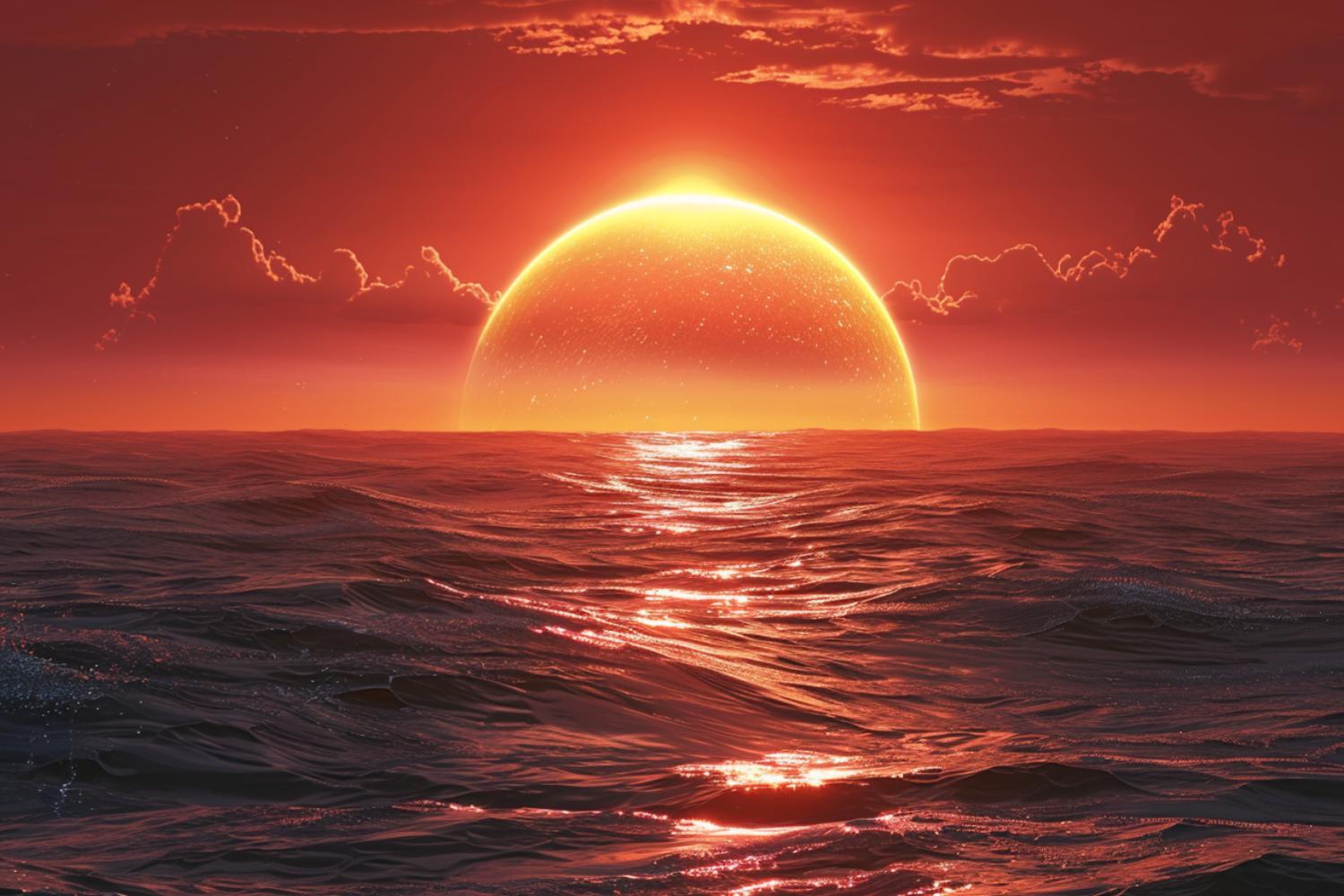
 chevron_right
chevron_right
Accrochez-vous : le James Webb a pris les plus belles photos de sa carrière
news.movim.eu / JournalDuGeek · Thursday, 1 February - 07:30
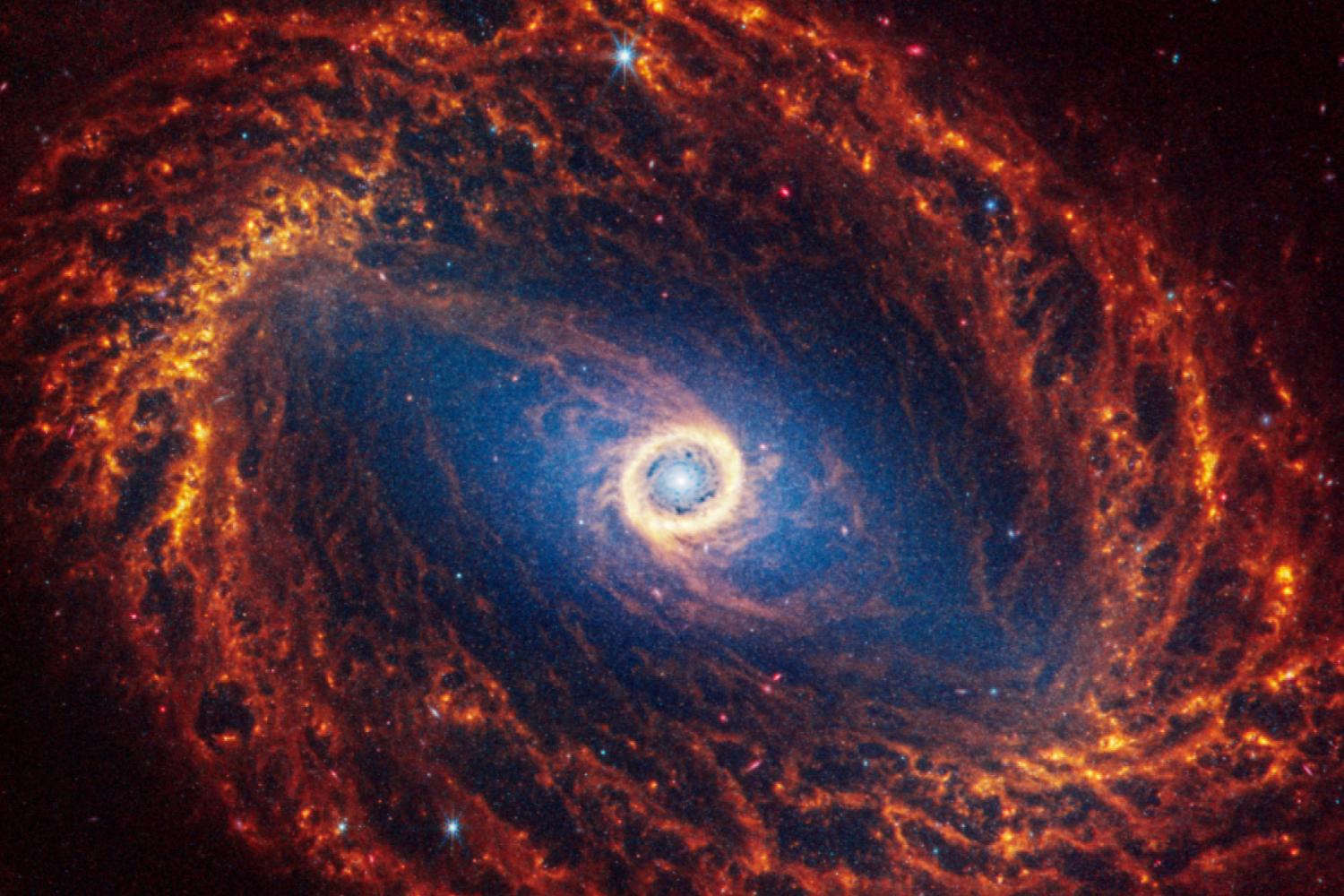
 chevron_right
chevron_right
Le James Webb Space Telescope trouve un indice crucial sur l’origine de la Terre
news.movim.eu / JournalDuGeek · Friday, 10 November - 07:00
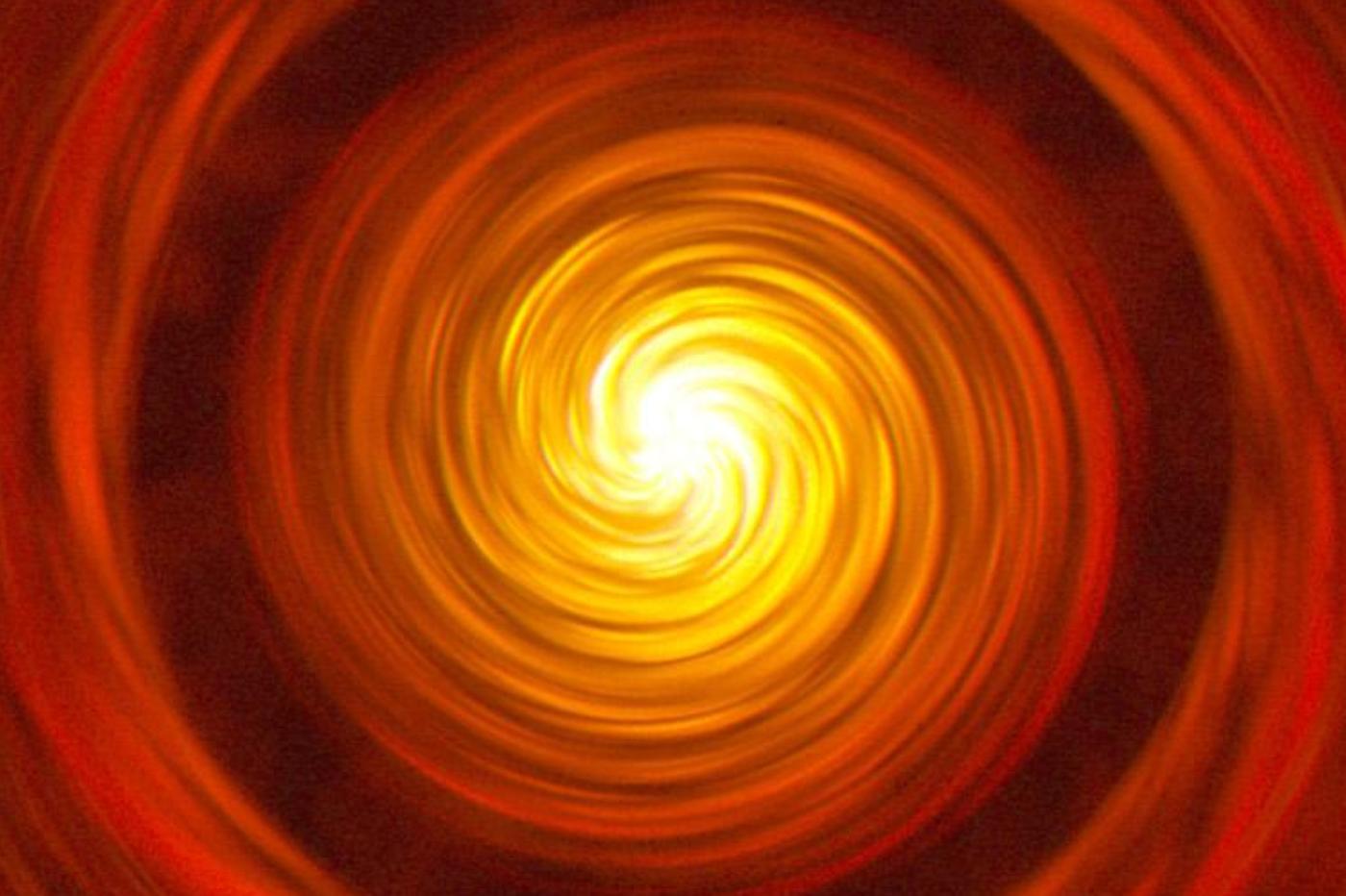
La machine à remonter le temps de la NASA a encore frappé, mais cette fois, il ne s'agit pas d'un trou noir à plusieurs milliards d’années-lumière; il a observé un phénomène qui concerne directement notre propre planète.
Le James Webb Space Telescope trouve un indice crucial sur l’origine de la Terre
 chevron_right
chevron_right
Le JWST détecte des éléments lourds après un cataclysme cosmique
news.movim.eu / JournalDuGeek · Friday, 27 October - 07:00
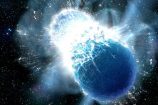
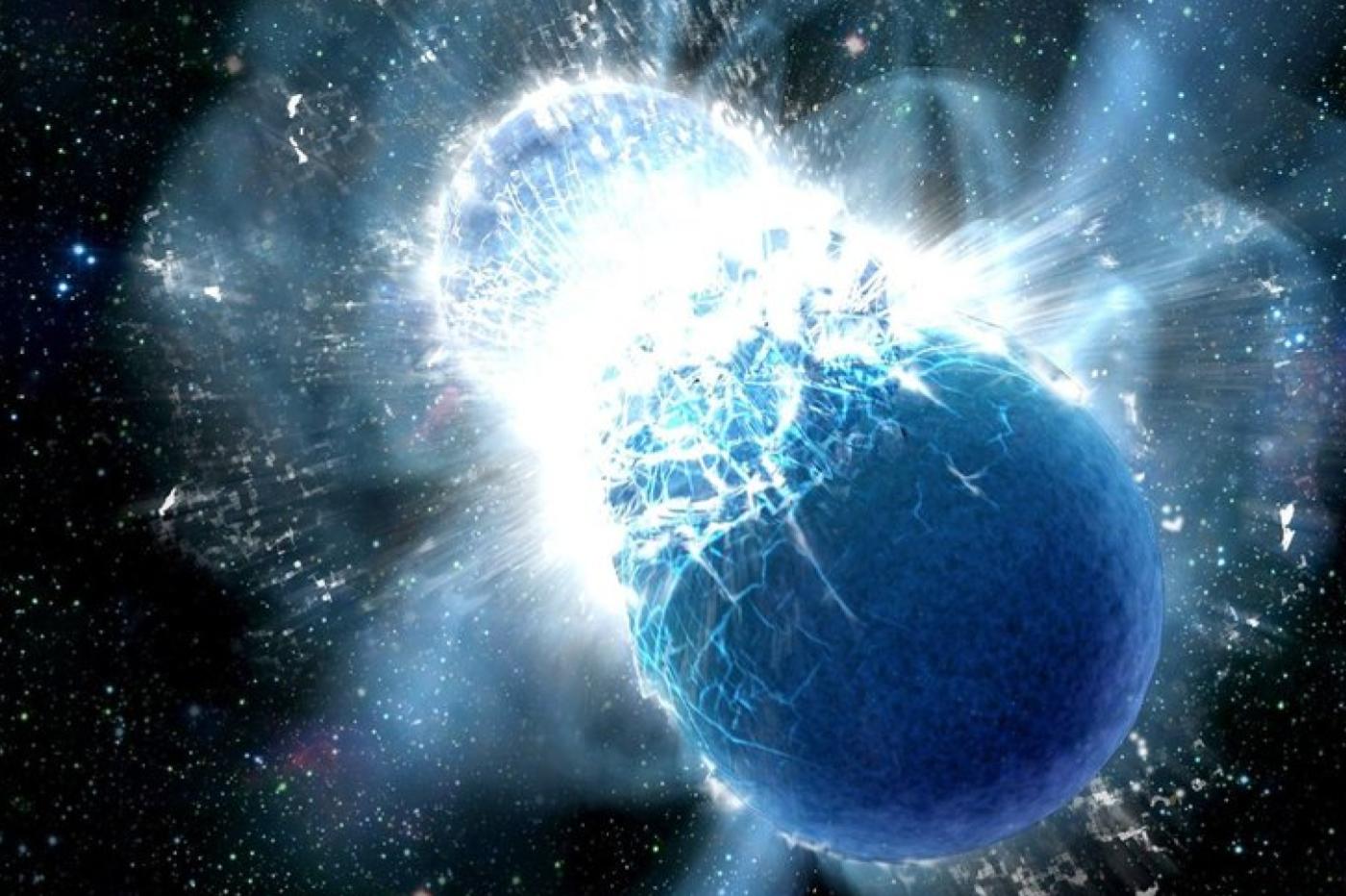
Le télescope de la NASA a repéré des éléments lourds au cœur d'une gigantesque explosion qui a fait suite a la collision de deux étoiles à neutrons. Une observation qui conforte une grande théorie sur l'origine de la matière.
Le JWST détecte des éléments lourds après un cataclysme cosmique
 chevron_right
chevron_right
The Daily Telescope: A look at a young star cluster in a nearby galaxy
news.movim.eu / ArsTechnica · Monday, 23 October, 2023 - 12:00 · 1 minute

Enlarge / A new infrared image of NGC 346 from the Mid-Infrared Instrument on NASA’s James Webb Space Telescope. (credit: NASA, ESA, CSA, STScI, Nolan Habel (NASA-JPL))
Welcome to the Daily Telescope . There is a little too much darkness in this world and not enough light; a little too much pseudoscience and not enough science. We'll let other publications offer you a daily horoscope. At Ars Technica, we're going to take a different route, finding inspiration from very real images of a universe that is filled with stars and wonder.
Good morning. It is October 23, and today's image features a new view of a star cluster within the Small Magellanic Cloud, one of the nearest galaxies to Earth. This galaxy has an estimated 3 billion stars, which sounds like a lot. However it is tiny compared to the nearest galaxy that is of a similar size to our own Milky Way. That would be the Andromeda Galaxy, which has an estimated 1 trillion stars. That's ... a lot.
Anyway, one of the neatest features in the Small Magellanic Cloud is a particularly bright cluster of stars known as NGC 346, discovered about 200 years ago by a Scottish astronomer. Some of these stars may be as young as 2 million years old.
 chevron_right
chevron_right
What would signal life on another planet?
news.movim.eu / ArsTechnica · Thursday, 12 October, 2023 - 17:15 · 1 minute
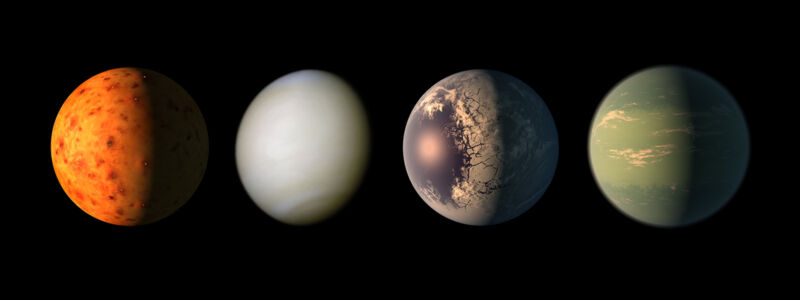
Enlarge / Surveying the atmospheres of planets beyond the solar system, such as those in the TRAPPIST-1 system (artist’s concept of four of the system’s seven planets shown), could turn up interesting molecules that might indicate life. But ruling out false positives will be a challenge. (credit: ADAPTED FROM NASA / JPL-CALTECH / R. HURT, T. PYLE (IPAC) )
In June, astronomers reported a disappointing discovery: The James Webb Space Telescope failed to find a thick atmosphere around the rocky planet TRAPPIST-1 C, an exoplanet in one of the most tantalizing planetary systems in the search for alien life.
The finding follows similar news regarding neighboring planet TRAPPIST-1 B, another planet in the TRAPPIST-1 system. Its dim, red star hosts seven rocky worlds, a few of which are in the habitable zone—at a distance from their star at which liquid water could exist on their surfaces and otherworldly life might thrive.
What it would take to detect that life, if it exists, isn’t a new question. But thanks to the JWST, it’s finally becoming a practical one. In the next few years, the telescope could glimpse the atmospheres of several promising planets orbiting distant stars. Hidden away in the chemistry of those atmospheres may be the first hints of life beyond our solar system. This presents a sticky problem: What qualifies as a true chemical signature of life?